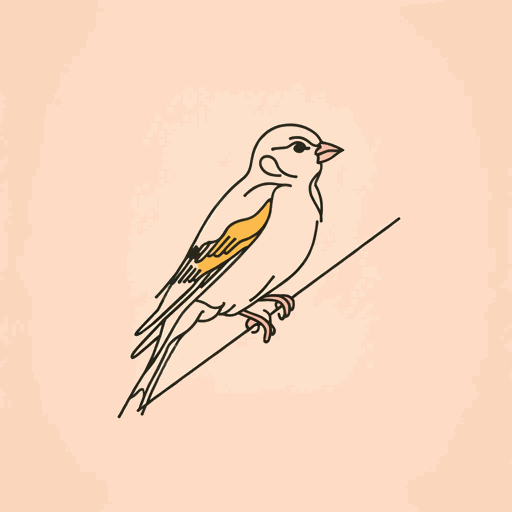58 pages • 1 hour read
Donna TarttThe Little Friend
Fiction | Novel | Adult | Published in 2002A modern alternative to SparkNotes and CliffsNotes, SuperSummary offers high-quality Study Guides with detailed chapter summaries and analysis of major themes, characters, and more.
Themes
Maturation as Loss
Several types of loss occur in The Little Friend: people die, but they also move away, get fired, drift apart from each other, and forget. In addition to human lives, other things such as houses, cars, keepsake objects, friendships, innocence, freedom, joy, and potential are also lost. Harriet becomes intimately familiar with all sorts of loss over the course of the novel, and this concept goes hand in hand with her own coming-of-age or maturation process. Characters of all ages experience loss, but the longer a life goes on, the more frequent and severe the losses become. Harriet already experienced the death of a close family member as a baby, and this loss is compounded when she starts losing more people, such as Libby and Ida. Even worse than this is the loss of hope and possibility that comes with maturation: Every choice Harriet makes seems to close the door on several other possibilities. Whereas her childlike faith in the “impossible” used to give Harriet purpose, by the end of the novel, this force dwindles as her maturity sets in. For example, she realizes it really is a mystery who killed Robin, and she is no longer able to hold up this impossible dream of discovering his murderer.
Related Titles
By Donna Tartt



